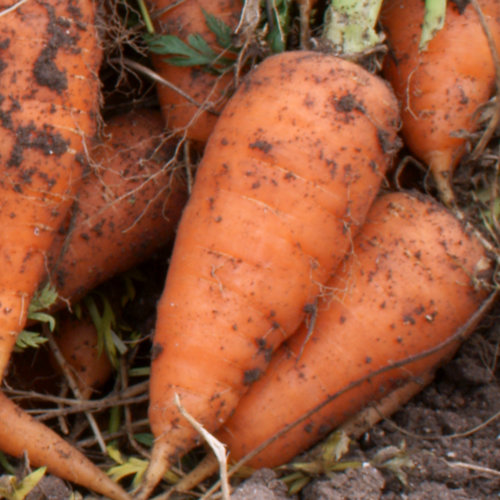Customers who bought this item also bought:
Leek Musselburgh
£0.99
Long established and very popular with amateur......
Average Contents : 400 seeds
Cauliflower Aalsmeer£1.19
£0.99
Aalsmeer produces large, creamy-white heads that are well-protected.....
Average Packet Contents : 25 seeds
Carrot Chatenay Red Core£0.89
£0.29
Chatenay Red Core is regaining popularity due to its exceptionally.....
Av. Packet Contents : 500 seeds
Carrot Early Nantes
£0.89
Carrot Early Nantes is a second early and maincrop.....
Av. Packet Contents : 500 seeds
Customer Reviews
Be the first to Write a Review for this item!




